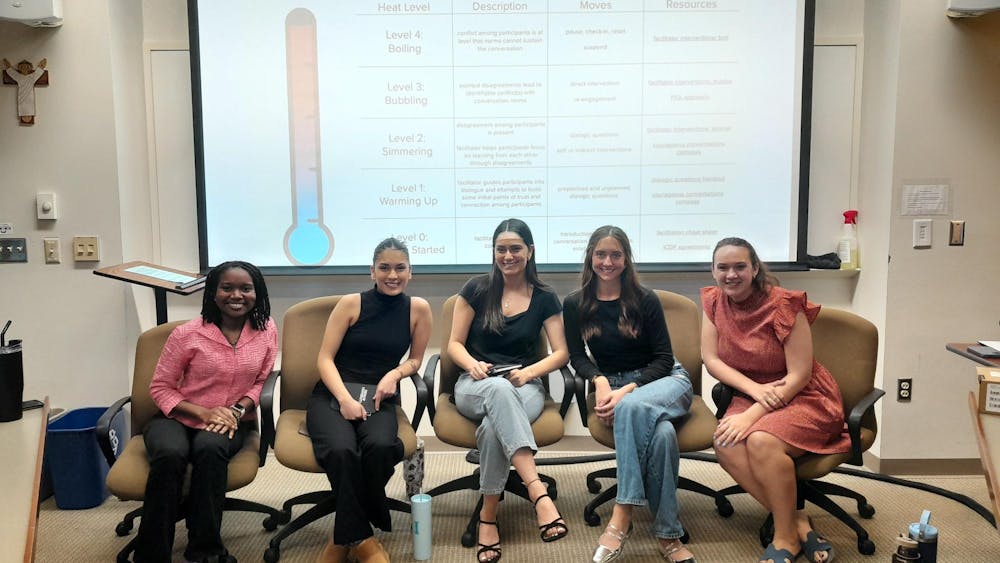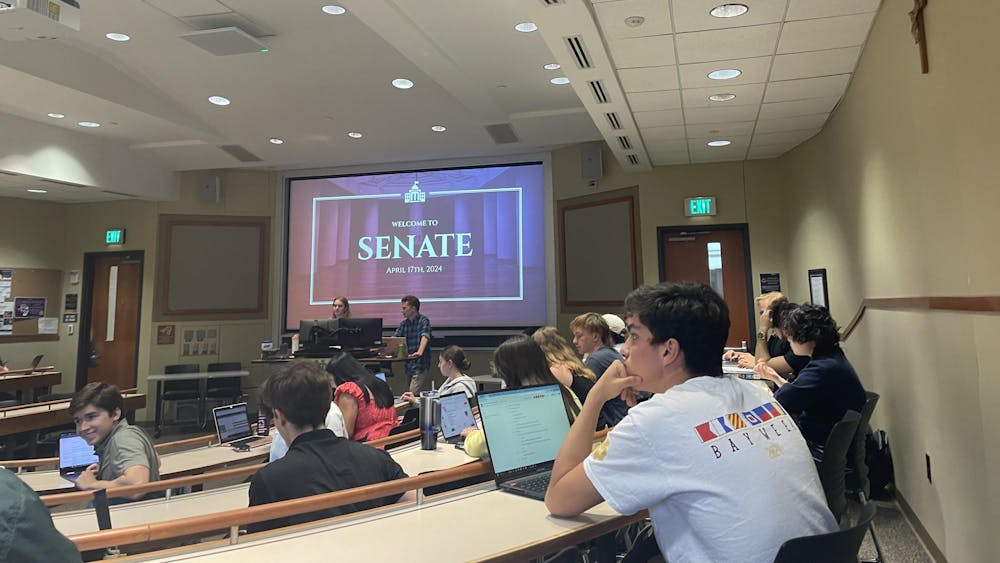On March 11, 2021, exactly one year after the World Health Organization (WHO) declared COVID-19 a pandemic, President Joe Biden signed the $1.9 trillion American Rescue Plan into law.
Director of undergraduate studies in the department of political science Josh Kaplan noted in an email that unlike previous legislation the CARES Act aims more at social relief than economic stimulus.
“The economy overall is doing better and the unemployment figures have improved since last spring and summer,” Kaplan said. “But the recovery has been uneven, and this bill is intended to help those hit hardest.”
According to a White House fact sheet, the bill’s tax cuts and direct payments target families making less than $90,000 per year. A Columbia University study estimated that the plan would lift over 5 million children out of poverty this year, cutting the poverty rate by 50 percent.
“It's an ambitious plan that deliberately tries to address economic disparities, at least in the short term, for people not reached by a general economic recovery,” Kaplan said.
The White House lists three main priority areas for funding — containing COVID-19, vaccinating the public and reopening schools. Local governments will receive $160 billion to continue virus containment and accelerate vaccine rollout. K-12 schools will receive $130 billion towards Biden’s goal of opening the majority of K-8 schools by April 30.
The second priority, “immediate relief” for families, includes the much-anticipated stimulus checks. The income qualifications — which are determined by 2019 or 2020 tax returns — are more restrictive than in previous bills. However, the maximum value of the checks has increased to $1,400.
Adults who earned $75,000 or less in their most recent tax year get the full $1,400, as will heads of household who earned $112,500 or less. Jointly filing married couples who earned less than $150,000 receive $2,800.
Adults who earned less than $80,000, heads of household who earned less than $120,000 and couples who earned less than $160,000 are eligible for a reduced value check.
Director of the Hesburgh Program in Public Policy and associate professor of political science Ricardo Ramirez encouraged middle class families get some relief from the plan.
“Even though upper middle income families get excluded ... I still think it's good that it's more targeted," he said. “That's likely the segment of the population that most needs the direct payments.”
Parents will also receive an additional $1,400 for each dependent claimed on their taxes. For the first time since the pandemic began, the definition of “dependent” was expanded to include children under age 19 and full-time students under 24. Previously, the definition was limited to children under 17. This means adult dependents and college students are technically eligible for stimulus checks, although their parents will receive the funds.
The official posting date for direct deposits was March 17, although the money may still appear as “pending” in bank accounts. The first physical checks were already sent out and Economic Impact Payment (EIP) cards, essentially prepaid debit cards, will be sent out starting next week.
While they are the most coveted aspect of the relief bill, Ramirez said we shouldn’t only focus on the direct payment checks.
“I think there are other components that will be even more consequential for children or for families who have children,” Ramirez said.
For instance, the child tax credit increased to $3,000 per child and $3,600 for each child under six.
A final pertinent aspect for the Notre Dame community is the clause on student loans, stating that forgiven student loans discharged through 2025 are now tax-free.
The third bucket of funding will go to local communities, with $360 billion in emergency aid going to local governments, $50 billion to small businesses, $25 billion to small to medium-sized restaurants, $21 billion as emergency rental assistance to local governments and a $10 billion Homeowner Assistance Fund to prevent homeowner mortgage defaults and foreclosures.
Over the past year, there have been nearly 30 million COVID-19 cases in the United States and over 538,000 American deaths. At Notre Dame, there have been 2,949 cases this year. However, as President Biden said in a primetime address last Thursday, there is light at the end of the tunnel, and the American Rescue Plan aims to facilitate the end of this pandemic.
“Finding light in the darkness is a very American thing to do,” Biden said. “In fact, it may be the most American thing we do.”













